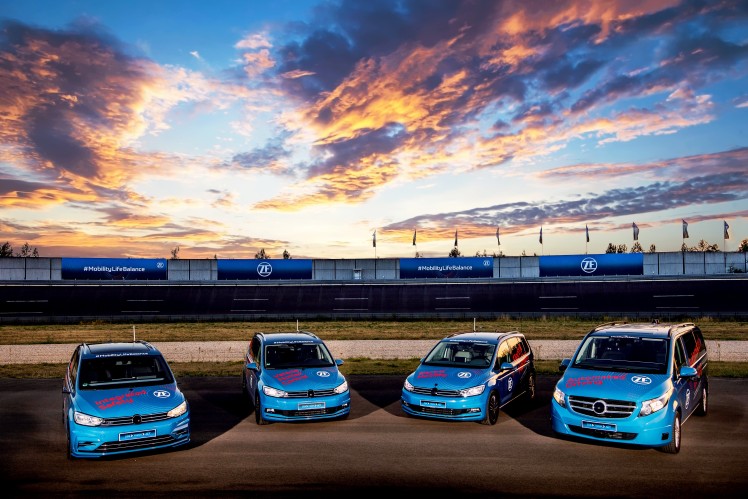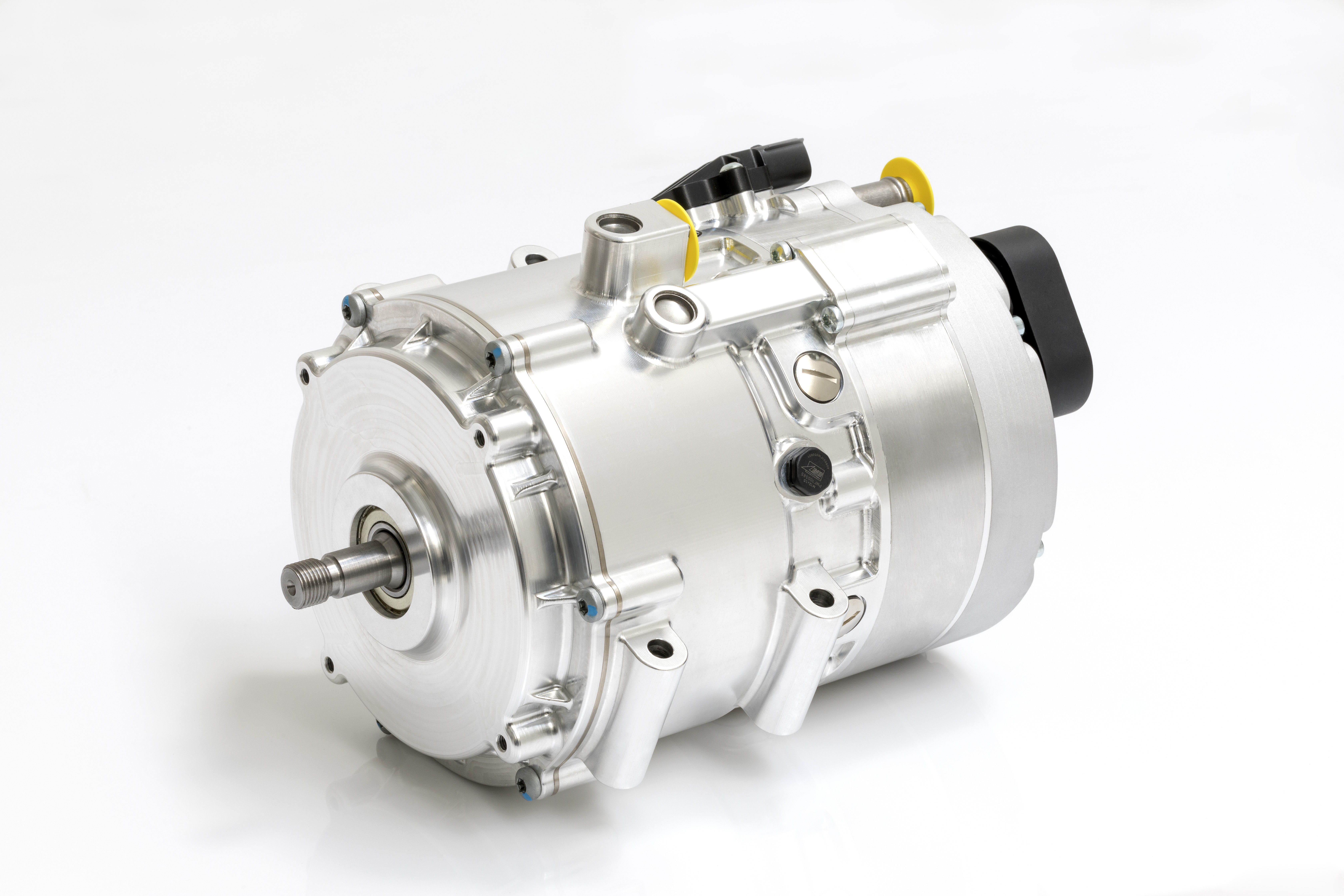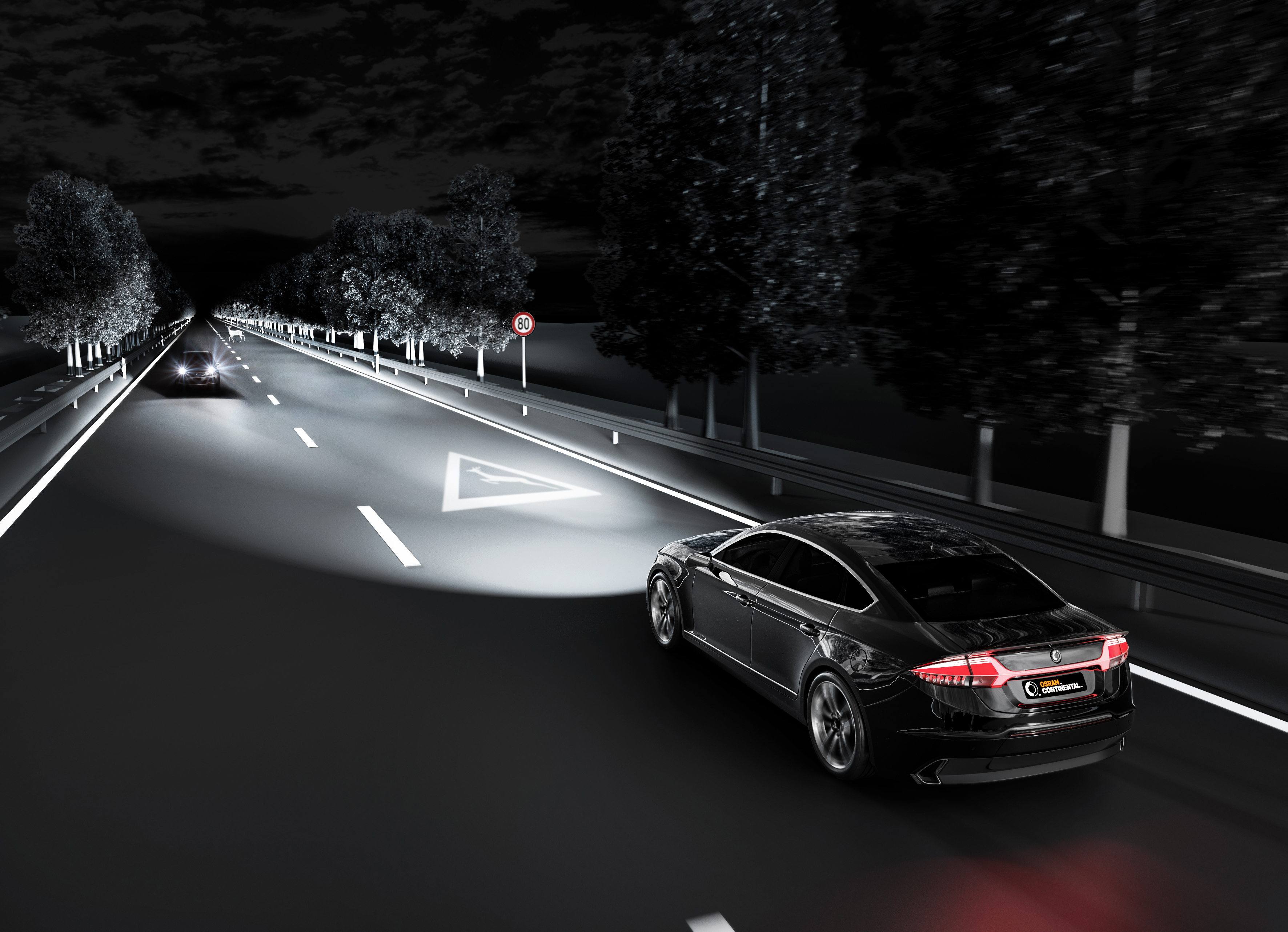The technology group’s strategic direction aims at a better, more sustainable mobility offering. ZF is highlighting this with a product offensive for vehicle technology. “The things we’re developing are helping us provide a better, more sustainable mobility offering,” says Wolf-Henning Scheider, Chief Executive Officer of ZF Friedrichshafen AG. “The aim is claim, safe mobility, automated,… Continue reading Press: ZF Technology Day: Highlights of IAA 2019
Tag: Tier 1 Suppliers
Press: ZF Global Technology Day 2019
2019-Jul-02 ZF Global Technology Day 2019 ZF presents solutions for “Next Generation Mobility”. Four innovation cars stand for the product offensive in hybrid and electric drives for passenger cars, system solutions for automated driving, integrated safety, and innovative chassis technology. International Press Releases: Télechargez ici tous les communiqués de presse en langue française FR Scaricate… Continue reading Press: ZF Global Technology Day 2019
Automotive and Mobility Industry Leaders Publish First-of-its-Kind Framework for Safe Automated Driving Systems.
DATELINE – Emphasizing safety by design, 11 industry leaders across the automotive and automated driving technology spectrum today published “Safety First for Automated Driving,” (SaFAD), a non-binding organized framework for the development, testing and validation of safe automated passenger vehicles. These 11 leaders — Aptiv, Audi, Baidu, BMW, Continental, Daimler, FCA US LLC, HERE, Infineon,… Continue reading Automotive and Mobility Industry Leaders Publish First-of-its-Kind Framework for Safe Automated Driving Systems.
Automotive and Mobility Industry Leaders Publish First-of-its-Kind Framework
“Safety First for Automated Driving” (SaFAD) white paper emphasizes the importance of safety by design for automated vehicles. Emphasizing safety by design, 11 industry leaders across the automotive and automated driving technology spectrum today published “Safety First for Automated Driving,” (SaFAD), a non-binding organized framework for the development, testing and validation of safe automated passenger… Continue reading Automotive and Mobility Industry Leaders Publish First-of-its-Kind Framework
Automotive and Mobility Industry Leaders Publish First-of-its-Kind Framework for Safe Automated Driving Systems
“Safety First for Automated Driving” (SaFAD) white paper emphasizes the importance of safety by design for automated vehicles Emphasizing safety by design, 11 industry leaders across the automotive and automated driving technology spectrum today published “Safety First for Automated Driving,” (SaFAD), a non-binding organized framework for the development, testing and validation of safe automated passenger… Continue reading Automotive and Mobility Industry Leaders Publish First-of-its-Kind Framework for Safe Automated Driving Systems
iDAR Sees Only What Matters
AEye’s iDAR™ (Intelligent Detection and Ranging) is the world’s most intelligent artificial perception system for autonomous vehicles.
Only iDAR brings intelligence to the sensor layer. By fusing 1550 nanometer, solid-state agile LiDAR with a low-light HD camera, CV algorithms, and embedded AI – at the sensor – iDAR filters out the most important aspects of a given scene. With iDAR, the vehicle’s perception system can target only the salient 5% of data it needs to safely navigate.
Watch how.
Fixed grid scan pattern with High Density Elevation coloring where blue indicates the highest elevation and red indicates the lowest.
Moving grid scan pattern with iDAR edge detection enabled, also with High Density Elevation coloring.
Moving grid scan pattern with iDAR edge detection enabled. The scene is colored by point type, where the “passive” points (part of the fixed background scan) are orange. The iDAR edge detection points – which pass only the scene’s relevant information to the perception system – are green. The computer vision edge detection algorithm analyzes the camera stream, which cues the LiDAR to optimally capture only the important aspects of the scene. Ensuring that iDAR never misses a thing!
Moving grid scan pattern with edges only.
iDAR enables self-driving cars to see only what matters.
iDAR Sees Only What Matters — Elon Musk Is Right: LiDAR Is a Crutch (Sort of.)AEye’s $40M Series B Includes Numerous Automotive Leaders Including Subaru, Hella, LG, and SKAEye Extends Patent Portfolio, Creating Industry’s Most Comprehensive Library of Solid-State Lidar Intellectual PropertyAEye Announces Industry Leading Family of Perception Sensors for ADAS SolutionsAEye Advisory Board Profile: Adrian KaehlerLeading Global Automotive Supplier Aisin Invests in AEye through Pegasus Tech VenturesAEye’s iDAR Shatters Both Range and Scan Rate Performance Records for Automotive Grade LiDARRethinking the Three “Rs” of LiDAR: Rate, Resolution and RangeAEye Advisory Board Profile: Luke Schneider
Continental reveals full hybrid vehicle with 48V technology
Continental reveals full hybrid vehicle with 48V technology
Low Voltage, High Performance: Full-Hybrid Vehicle with 48-Volt High-Power Technology from Continental
Electric-only driving in hybrid vehicles is enabled by 48-volt technology Same installation space, double the performance – innovative electric motor developed with up to 30 kW Advantages of the 48-volt high-power technology include its compactness, efficiency and cost-effectiveness Regensburg, Hanover, July 2, 2019. Protecting the climate calls for environmentally efficient drive systems. For years now, technology… Continue reading Low Voltage, High Performance: Full-Hybrid Vehicle with 48-Volt High-Power Technology from Continental
OSRAM Continental presents smart digital HD Headlamp System
Powerful: laser LED headlight system with more than 4,000 individually controllable pixels each Compact and efficient: digital design reduces complexity and saves installation space More safety: smart HD system integrates seamlessly into on-board electronics Hanover, July 2019 – The deer at the roadside, the cyclist in black with a defective tail light – on dark… Continue reading OSRAM Continental presents smart digital HD Headlamp System
BMW isn’t finished with internal combustion engines yet
Many automakers now see electric vehicles as the long-range future of the passenger vehicle.
What may actually say more though, in the language of corporate nuance, is that few companies have gone so far as to solidly declare that the end is nigh for internal combustion engines.
Among the examples that have been so bold: Volvo won’t develop a new generation of engines after its present one; and Volkswagen will develop its last generation of internal-combustion tech in 2026. Both brands might of course keep building the engines for a decade or more after freezing development.
Don’t count BMW in that group. BMW plans to keep investing in the engineering and development of internal combustion engines for a long time—with diesel engines expected to be part of the automaker’s global product line for at least 20 years and gasoline engines for at least 30 years.
2019 BMW M2 Competition
That reality check, from remarks made by Klaus Fröhlich, the company’s BMW Group board member in charge of development, to Automotive News, stands as a sharp reality check to what was otherwise the news from BMW’s NextGen event in Munich earlier this week: electricfication.
The event this week brought a series of sweeping electric-vehicle announcements that included a stepped-up plan to electrify its lineup and bring 25 new plug-in models by 2023.
BMW Concept iX3
Fröhlich, who called the shift to electrification “overhyped” and pointed to issues with battery raw materials, noted that even with the most optimistic assumption of electric vehicle adoption, at least 80 percent of its vehicles would still have an internal-combustion engine in 2025.
Beyond then, even, the lack of a charging infrastructure may slow the adoption of fully electric vehicles in Russia, the Middle East, and even Western China, Froelich said.
The continued development of IC engines by BMW runs counter to what many inside the industry have predicted. In 2017, for instance, Wolfgang Schaefer, the CFO of the supplier Continental, predicted that investment and engineering for engines would taper off between 2023 and 2025.
That said, there will be casualties as engine lineups get trimmed down. Some of BMW’s specialty diesel engines won’t be replaced. BMW’s gasoline V-12 used in Rolls-Royce products might not be around much longer either. And BMW is currently putting together a case to save something Americans hold near and dear: the V-8.


